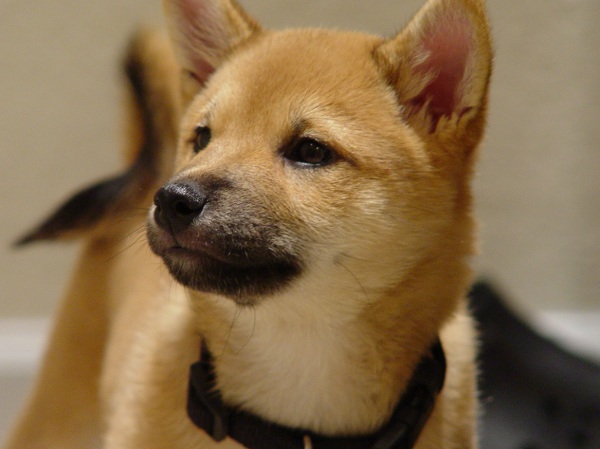We all know the positive side of kibble, dry pet food: it is amazingly convenient and has a long storage life. Many dry foods have a shelf life of years. We also know these foods are balanced to meet a certain level of nutrition. But there are definitely downsides to dry dog and cat food.
The lawsuit issued one week ago for Beneful, a national best selling food, is prime example of why kibble is potentially unhealthy. Dry dog and cat food is made in enormous size batches. Train car loads of individual ingredients are delivered to the pet food plants. Imagine for a moment you are standing next to a train car filled with corn gluten, a commonly used source of protein in pet food. The gluten is the byproduct after the corn is processed for human consumption. How long do you imagine that gluten sat before it was loaded into the train car? How long did it take for that train car to travel to the pet food factory? What about rodents and insects that like to eat grain? How do we keep those out of the train car? You are correct, a toxic chemical is spread on the top of the feed ingredients in the train car to keep out the pests. Reportedly, the toxin breaks down before being mixed into the giant 5000 pound feed mixing bowl at the pet food manufacturing plant.
Which brings up another reason to be suspicious of dry pet food: the only way you can truly know what is really in there as if you put it in the bowl yourself (in other words, did that toxic chemical truly breakdown before entering your pet’s food?) As in you went to the store and individually picked out each ingredient. Because truthfully, if we go to the store and buy ourselves a box of crackers, do we really know exactly what’s in that cracker? No. We trust it to be what it says it is. But have you ever seen low calorie bread or crackers? One of the ingredients used and low calorie bread goods is called powdered cellulose. (It’s the same ingredient that’s put in some dry dog and cat food.) Unless you did the research, most consumers would not know that is a fancy word for sawdust!
Let’s look at a few other hazards of kibble that I have encountered in my patients over the last couple of years. For many dogs and cats, it is highly processed food and is very hard to digest. For some pets it creates stomach ulcers. For others, it can lead to intestinal bleeding. For many cats, dry food eventually contributes to kidney disease and shortened lives. For some, the pretty colors leads to allergic reactions. For others, the ingredients can cause hot spots and ear infections.
Items listed above are just the tip of the iceberg. We will chat in the next few weeks about similar subject.
I wish you and your pets the greatest health and longest lives. It is my goal to give you tools to make their lives better. Good nutrition is a big part of everything we do. For this reason Susan Thixton and I have updated our cookbook, Dinner PAWSible. Preorders are available here.
Dr. Cathy Alinovi DVM
As a practicing veterinarian, Dr. Cathy treated 80% of what walked in the door — not with expensive prescriptions — but with adequate nutrition. Now retired from private practice, her commitment to pets hasn’t waned and she looks forward to impacting many more pet parents through her books, research, speaking and consulting work. Learn more at drcathyvet.com



































Peter
March 28, 2015 at 1:44 pm
“The recall issued one week ago for Beneful” ??
Susan Thixton
March 28, 2015 at 6:00 pm
Peter – good catch. That was supposed to be lawsuit – not recall. It’s been changed above. Thanks.
jb
March 28, 2015 at 10:29 pm
Kibble? Really? Heated, dead, extruded unknown ingredients from 4-D animals, roadkill, euthanized pets/animals, rendering plant garbage, A DANGER?
You BET! Would NEVER feed that crap to my companions.
Anne
March 29, 2015 at 8:30 am
“Adding water to Dry Kibble for Cats and Dogs greatly increases the nutritional value; as for Beneful this is caused by “refined corn causing Pellagra (deficiency Niacin Vitamin b3; Niacin Vitamin Be prevents “pellagra”!